Green Africa Mining Alliance
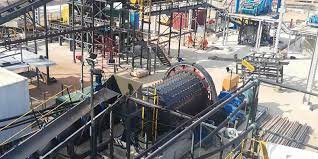

The Green Africa Mining Alliance (GAMA) is an emerging initiative focused on promoting sustainable, responsible, and environmentally friendly mining practices across Africa. While not yet a widely formalized global entity, the term refers to collaborative efforts among governments, mining companies, NGOs, and development agencies aiming to align Africa’s mineral wealth with green growth, climate resilience, and community well-being.
Here’s a clear overview of the Green Africa Mining Alliance, its goals, key focus areas, and significance.
1. What Is the Green Africa Mining Alliance?
The Green Africa Mining Alliance represents a coalition or movement—either formal or conceptual—dedicated to transforming Africa’s mining sector by integrating Environmental, Social, and Governance (ESG) principles into exploration, extraction, and processing.
It supports:
- Low-carbon mining technologies
- Responsible sourcing of critical minerals
- Community-led development
- Biodiversity protection and land restoration
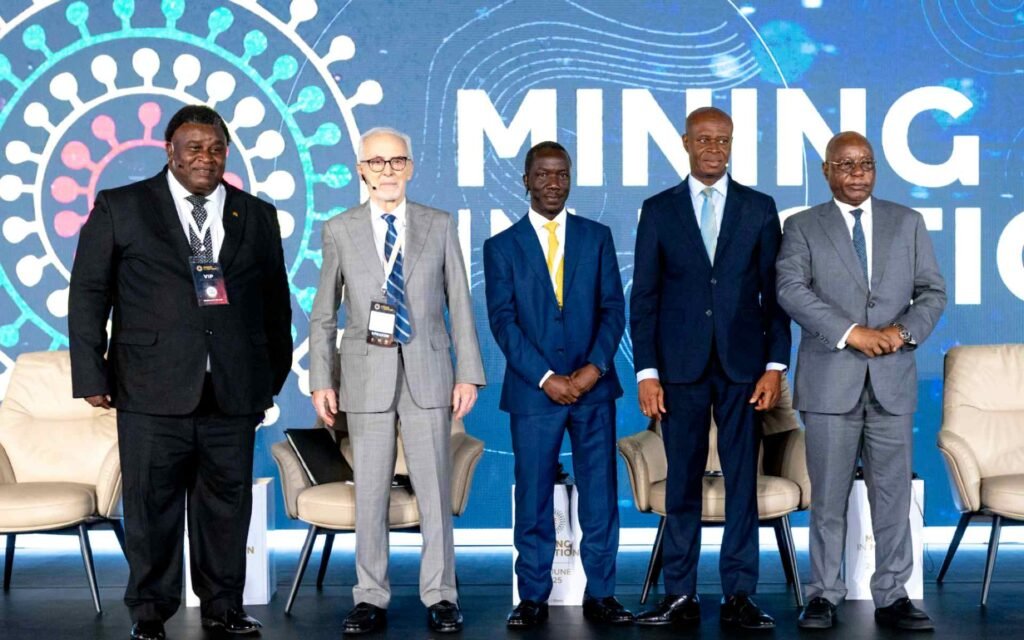
2. Core Objectives
| Goal | Description |
|---|---|
| Sustainable Resource Development | Promote mining that balances economic growth with environmental protection |
| Decarbonization of Operations | Encourage use of renewable energy, electric vehicles, and energy-efficient processing |
| Local Value Addition | Support domestic beneficiation to retain more value within African economies |
| Artisanal and Small-Scale Mining (ASM) Formalization | Improve safety, reduce mercury use, and integrate informal miners into legal supply chains |
| Post-Mining Land Restoration | Rehabilitate mined areas for agriculture, conservation, or renewable energy projects |
3. Focus on Critical Minerals for the Green Transition
Africa supplies essential minerals for electric vehicles (EVs), batteries, and renewable energy systems, including:
- Cobalt (DRC)
- Lithium (Zimbabwe, Namibia, Mali)
- Manganese (South Africa)
- Graphite (Mozambique)
- Copper (Zambia, DRC)
The alliance ensures these resources are extracted in ways that support the global clean energy transition without harming local ecosystems.
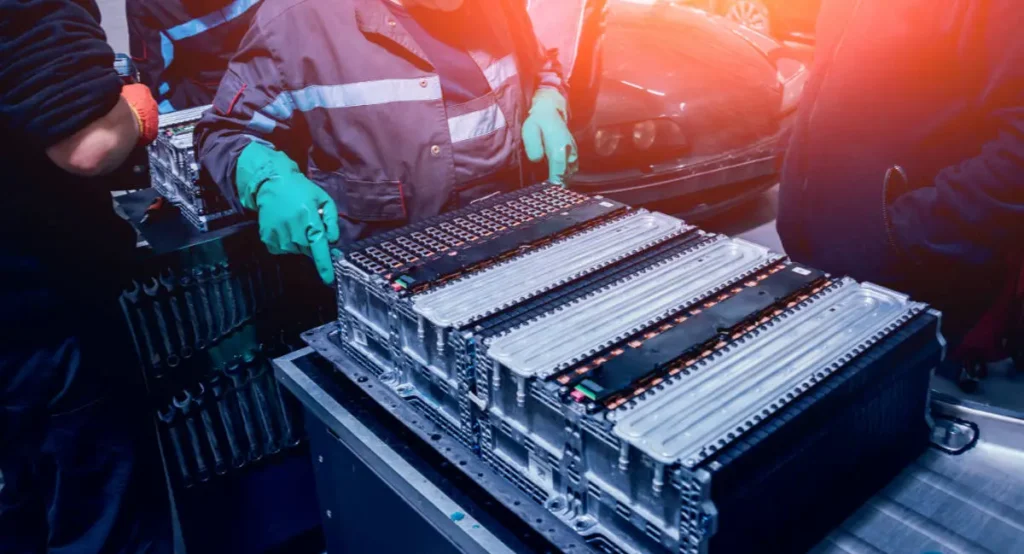
4. Partnerships and Regional Collaboration
The Green Africa Mining Alliance may involve collaboration between:
- African Union (AU) and Regional Economic Communities (RECs)
- Ministry of Mines in member countries
- International organizations: World Bank, UN Environment Programme (UNEP), Intergovernmental Forum on Mining (IGF)
- Private sector leaders: Responsible mining firms and green tech investors
- Civil society groups: Environmental watchdogs and community advocates
These partnerships help standardize best practices and attract green financing.
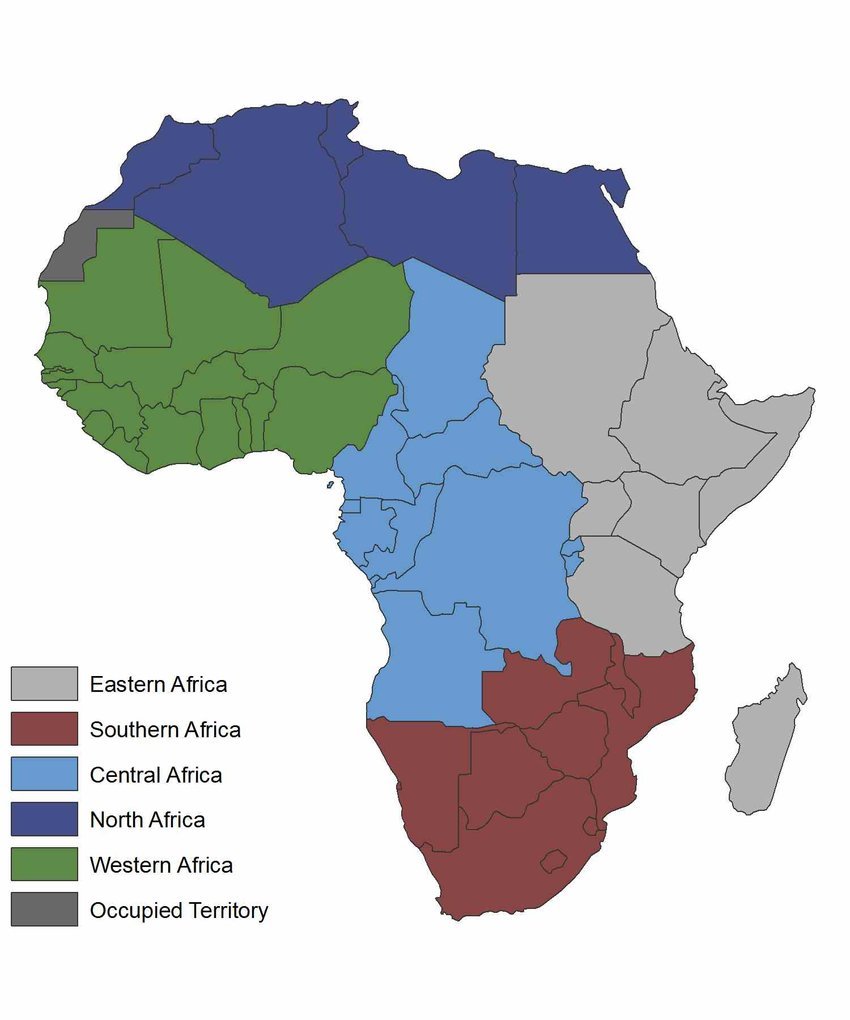
5. Challenges and Opportunities
Challenges:
- Balancing rapid mineral demand with long-term sustainability
- Limited access to green technology and financing in rural areas
- Informal mining sectors resistant to regulation
Opportunities:
- Positioning Africa as a global leader in ethical mineral supply chains
- Leveraging international climate funds for clean mining innovation
- Creating green jobs in mining, recycling, and land rehabilitation
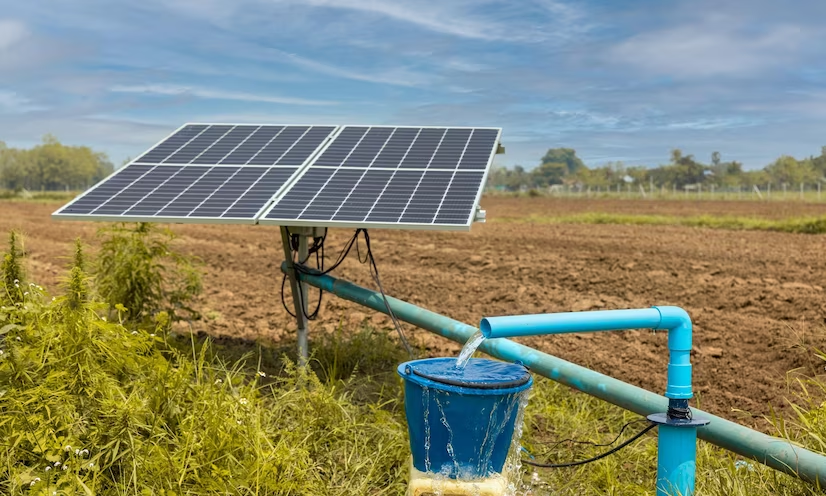
FAQs
Q1: What is the Green Africa Mining Alliance?
A1: It is a growing movement or coalition promoting eco-friendly, socially responsible mining across Africa to support sustainable development.
Q2: Which countries are involved?
A2: Likely includes DRC, South Africa, Ghana, Zambia, Zimbabwe, and Namibia, where green mining pilots are underway.
Q3: How does it support the energy transition?
A3: By ensuring critical minerals like cobalt and lithium are mined sustainably for use in EVs and renewable energy storage.
Conclusion
The Green Africa Mining Alliance symbolizes a shift toward a more responsible and sustainable mining future for Africa. As global demand for minerals grows, this initiative helps ensure that Africa’s vast resources contribute not only to economic growth but also to climate action, environmental protection, and inclusive development.

